On a cloudy day in January, the Brookings Institution connected its new rooftop solar energy system to the District of Columbia’s grid and began to generate electricity. The solar plant is a 235-panel array, spread across the rooftops of the main buildings at 1775 and 1755 Massachusetts Avenue, NW. The Brookings solar plant has a peak daily capacity of 63 kilowatts. This will mean Brookings can plan on generating approximately 73 megawatts per year until the system fully depreciates in 2042.
For real-time electricity generating information from the Brookings rooftop solar plant, please click here.
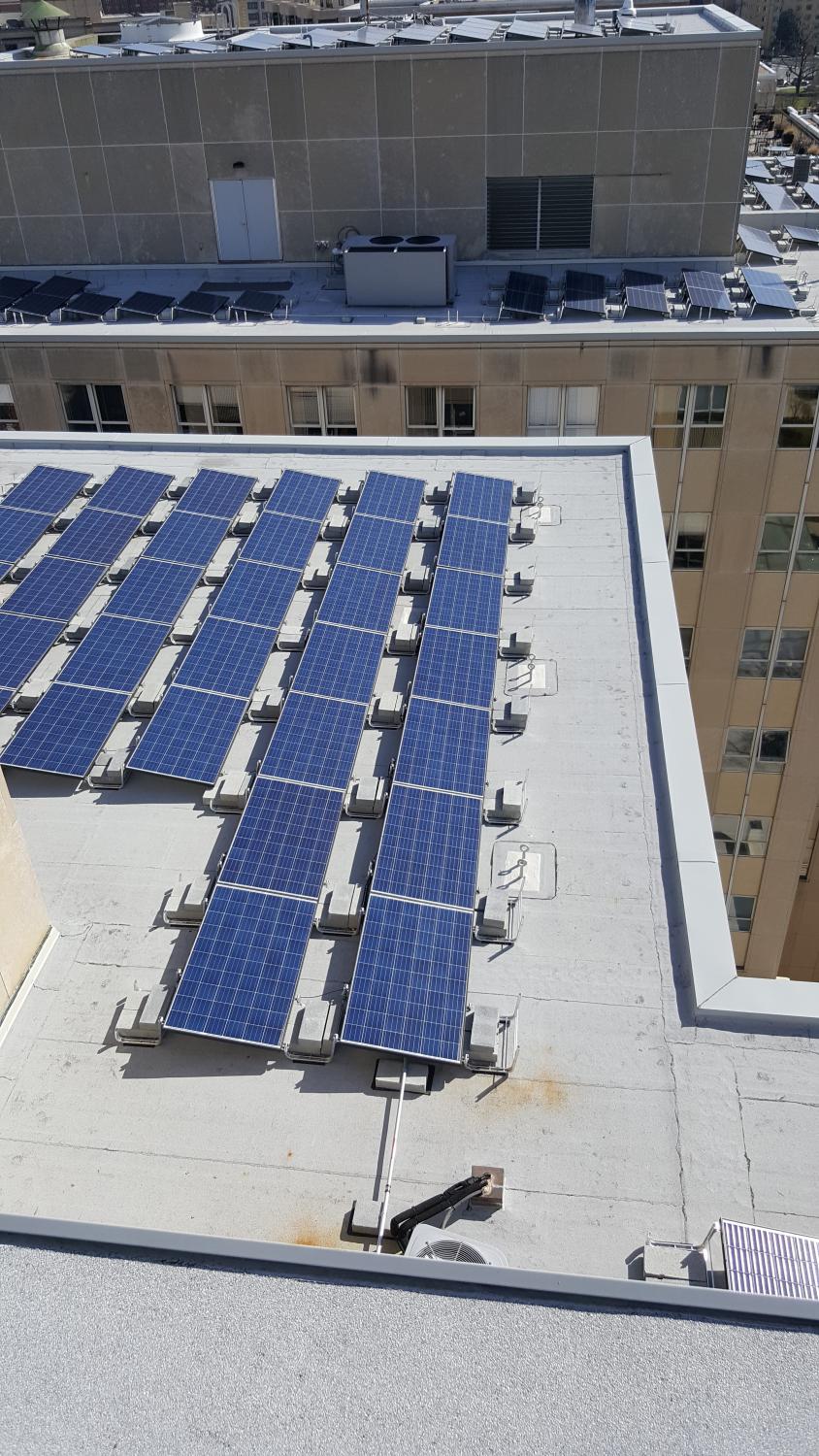
On any weekday, the Brookings solar plant generates electricity that is piped directly into the buildings’ electricity distribution systems, resulting in a reduced draw from our public utility (Pepco). During the weekend, when the buildings are mostly unoccupied and the climate control systems are off, the electricity is sent directly into the Pepco grid and distributed to nearby customers. As with residential rooftop solar, Brookings benefits from “net metering,” when the rooftop array is producing more power than we are consuming, our electricity meters run in reverse, building up a credit with our electricity vendor.
In addition, our solar plant generates solar renewable energy credits (SRECs), which are sold to public utilities to help them meet their legal requirements for renewable energy. Public utilities must either generate the local statutory requirements for renewable energy using their own solar or wind generators, or they can buy the renewable credit from rooftop arrays owned by residential and commercial customers. In our case, utilities will buy our full generation capacity in the form of SRECs.
The revenue we generate from selling SRECs together with the decrease in our total electricity bill means that the solar array will pay for itself within about seven years, after which time it will generate about $35K per year of unrestricted revenue.
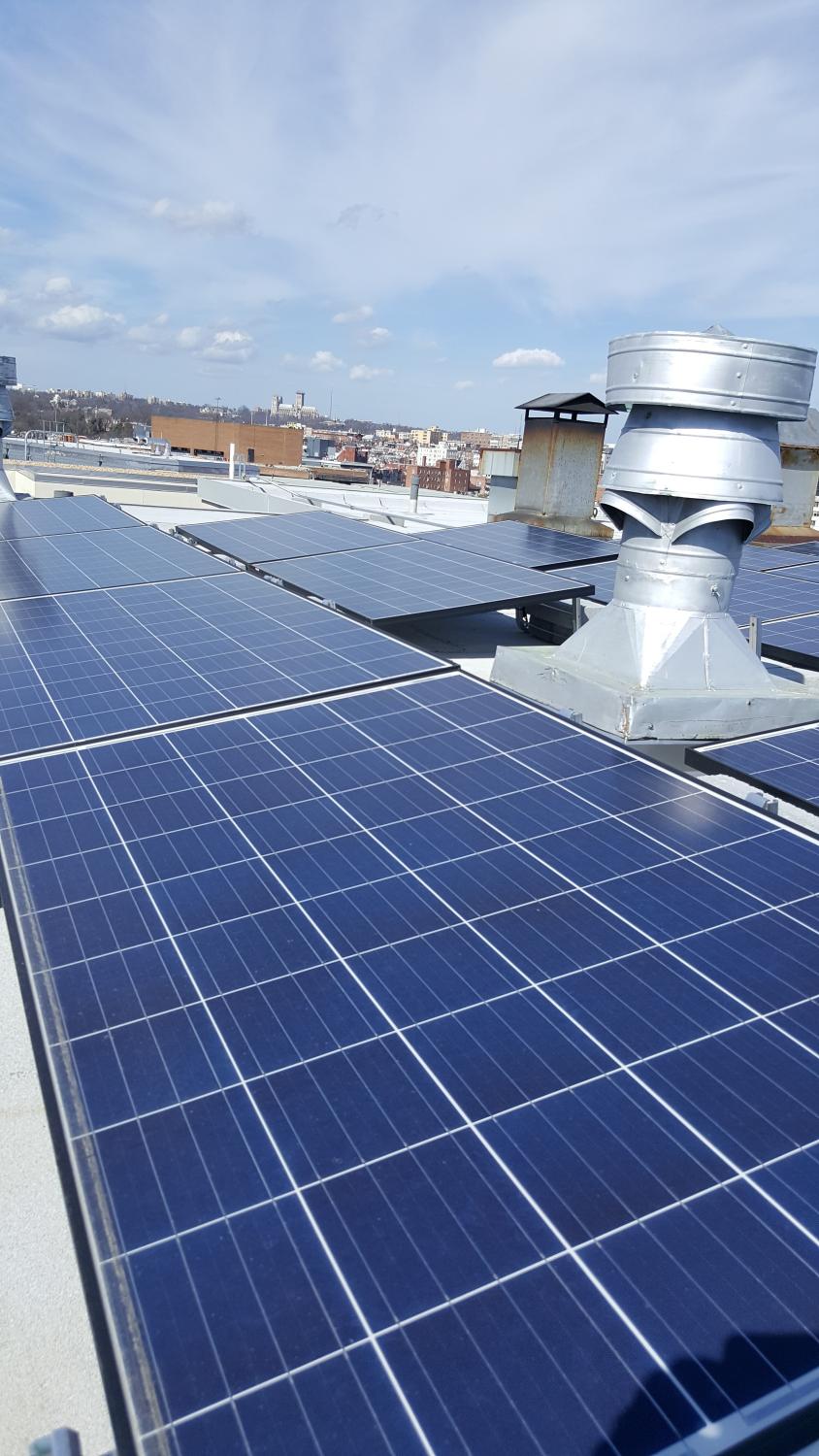
At our current usage rates, our solar plant will offset only about 2.5 percent of Brookings’s total energy use. However, in the next two years, Brookings will be conducting routine replacement of some of the building’s major mechanical systems with high efficiency machines, which will increase solar’s share of the total energy load. In particular, next year Brookings will replace a 25-year old chiller with a new unit that will consume 50 percent of the legacy system’s electricity. Accordingly, in the next few years, Brookings is expecting to cut its grid-provided electricity consumption by at least 15 percent.
Although our solar plant is new, Brookings is not new to the renewables field. Since 2010, Brookings has purchased “100 percent wind-generated electricity.” This is, of course, something of a gimmick, insofar as electricity is a commodity provided by the Pepco grid. But the 7 percent premium we pay incentivizes both the renewables market and Pepco’s upgrades to a smarter grid system that can more effectively manage renewables.
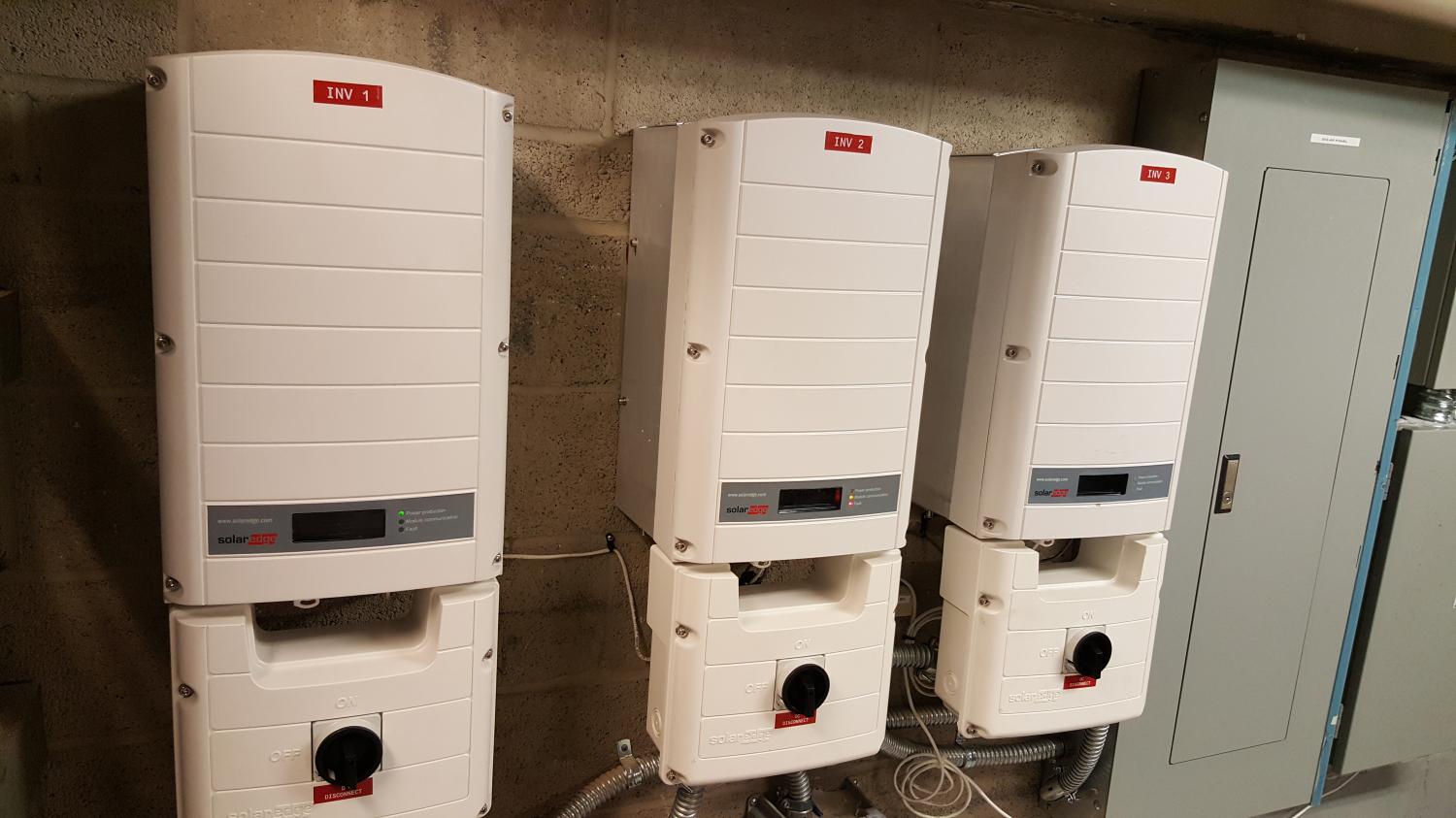
But more importantly, Brookings scholars have made meaningful contributions to the development of the renewable energy market and the debate about public investment in renewables. Rahul Tongia, in the Brookings India Center has been especially prolific on renewables. Metro’s Mark Muro has done excellent work on net metering and the climate economy. Adele Morris, Amar Bhattacharya, and Qi Ye are all active on the various aspects of renewable energy and climate change.
Since 2016 was the warmest year on record, and as we experienced the warmest February on record, it is gratifying to know that Brookings is doing its part—however small—to promote sustainability.
For real-time electricity generating information from the Brookings rooftop solar plant, please click here.
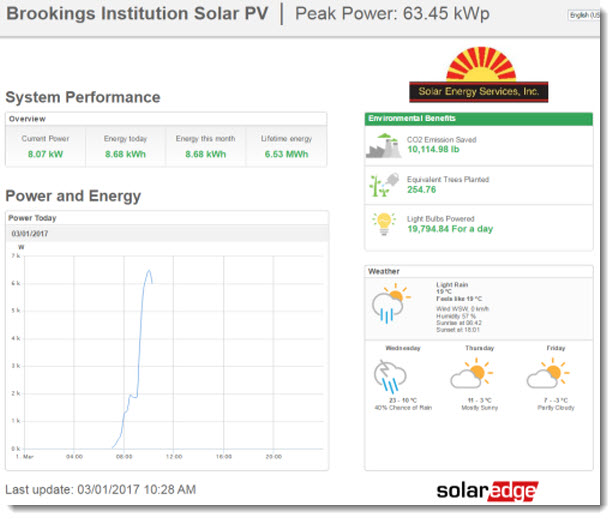





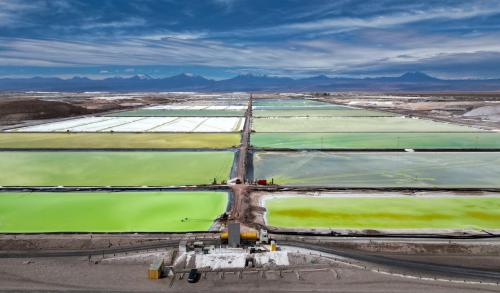

Commentary
Brookings Institution’s rooftop solar energy array promotes sustainability
March 1, 2017